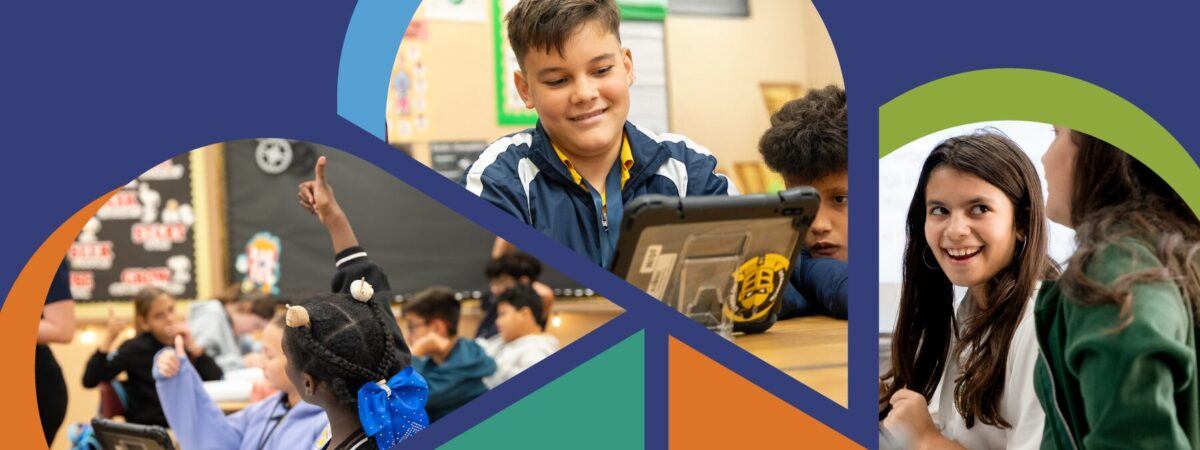
Across the country, momentum is building around Portrait of a Graduate frameworks, future-ready skills, and student-centered learning. States and districts are increasingly aligning their educational visions with these priorities, recognizing that success in today’s world requires more than academic knowledge—it demands skills like critical thinking, communication, collaboration, and creativity. Recent moves by states such as New York and Massachusetts who adopted Profiles of a Graduate within the past few months—along with a growing interest in ESSA waivers that grant greater flexibility in state-level assessment and accountability systems—reflect a broader policy shift toward more holistic, learner-centered approaches.
As Portraits of a Graduate takes root, the field is turning its attention to assessment, aiming to measure students’ future-ready skills. Assessment is no longer viewed solely as a tool for accountability, but as a powerful lever for change. When thoughtfully designed, assessment systems can reinforce instructional coherence, provide actionable insights for educators and learners, and support the continuous development of students’ future-ready skills. They can also serve as a bridge between vision and practice, helping districts bring their Portraits of a Graduate to life.
Education leaders at the classroom, district, and state levels are seeking guidance on how to design and implement assessment systems that measure future-ready skills and promote student-centered learning. There is a clear need for practical, field-informed insights into what’s working, what’s emerging, and what’s possible.
In response, Pearson and Digital Promise have partnered to engage school districts around the country to learn how they’re approaching assessment of their Portraits of a Graduate. Our new report,” Portraits in Progress: Emerging Future-Ready Skills Assessment Strategies,” synthesizes our findings, surfaces insights, and shares lessons learned along the way. Through this work, we aim to offer recommendations that can guide school, district, and state leaders, policymakers, and researchers. At its core, the report emphasizes the importance of growth-oriented, student-centered assessment practices that not only measure meaningful outcomes but also serve as catalysts for deeper learning and the realization of Portrait of a Graduate visions.
To support the effective assessment of future-ready skills, districts should:
To help establish successful systems of assessment, the field should:
The shift toward Portrait of a Graduate frameworks represents more than a policy trend; it’s a fundamental reimagining of what success looks like for students. As districts across the country work to bring these visions to life, assessment plays a critical role in bridging aspirations and action. By designing systems that prioritize growth, provide meaningful feedback, and involve all stakeholders, we can create learning environments where every student develops the skills they need to thrive now and in the future.
The work ahead requires collaboration, innovation, and a willingness to learn from one another. “Portraits in Progress: Emerging Future-Ready Skills Assessment Strategies” offers invaluable insights for districts, states, and policymakers engaged in this work. Together, we can build assessment systems that don’t just measure learning, they inspire learning.
Ready to learn more? Download the full report to discover practical strategies and insights from districts leading the way in future-ready skills assessment.
Want to know more about how Digital Promise can support operationalizing your Portrait of a Graduate? Reach out here.
Join our webinar at 2 p.m. ET / 1 p.m. CT on Friday, Nov. 14 to hear directly from district leaders leading this work. Register for free.